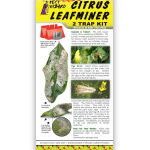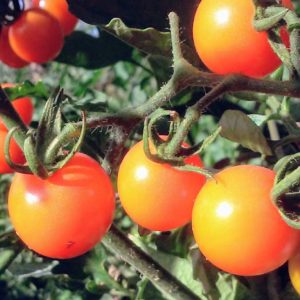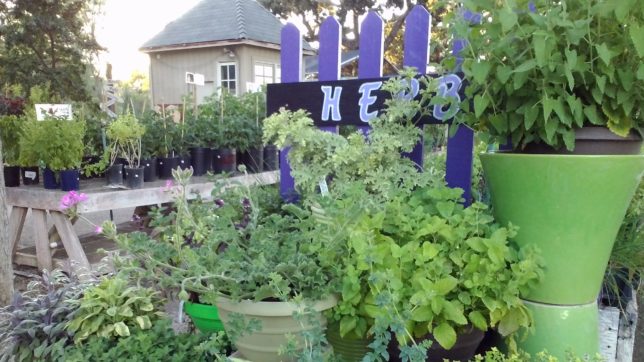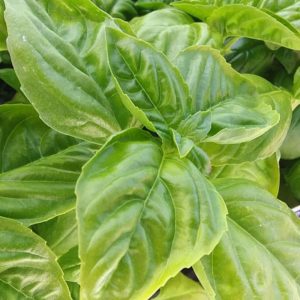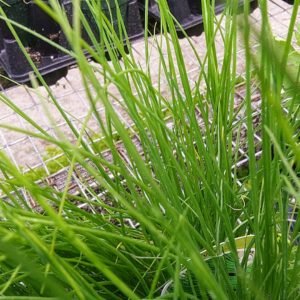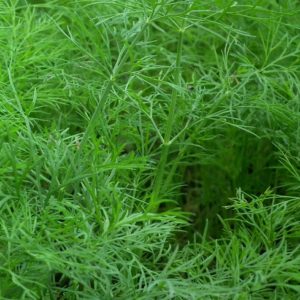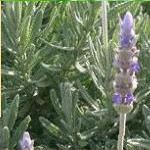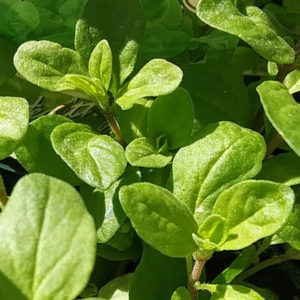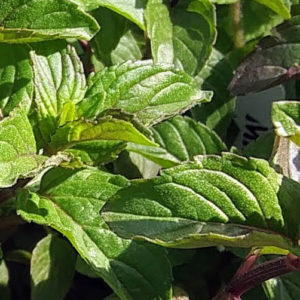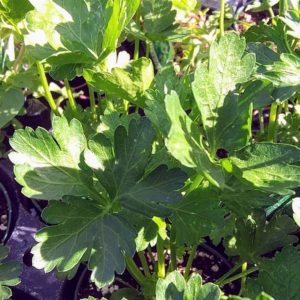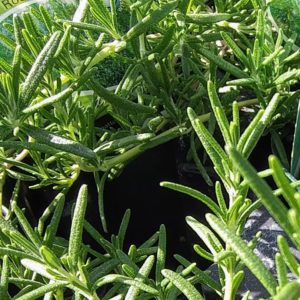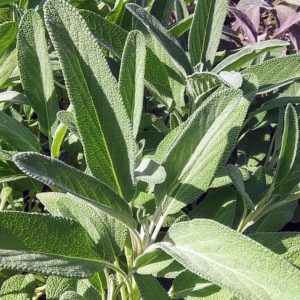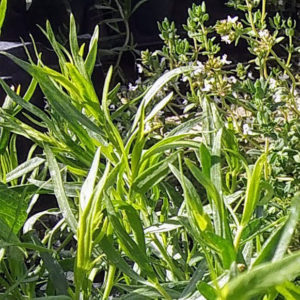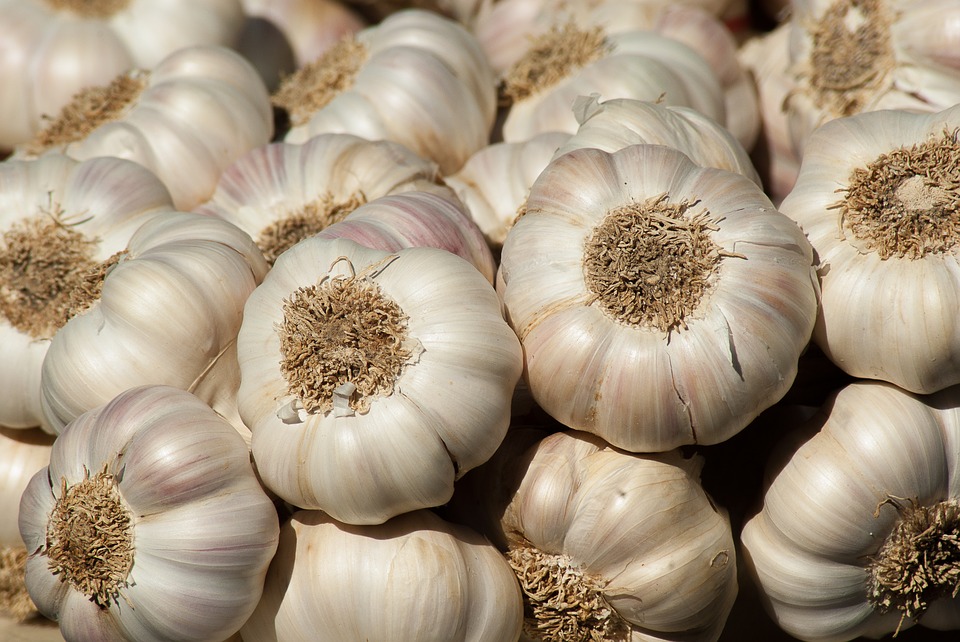 We now have onion bulbs and garlic in stock for planting now.
We now have onion bulbs and garlic in stock for planting now.
Garlic or onion bulbs planted into the soil now will begin to put down roots and sprout leaves. They will be nurtured through winter with cooler temperatures and rain. They will fill in well through spring for an early to mid-summer harvest.
Onions and the related shallots and garlic all grow best during cool weather and are okay planted in the fall in California for late spring harvest. Plant in rows 1 to 2 feet apart in a moist seedbed, in full sun.
Onion sets (bulbs) should be planted 1½ inches deep and seeds ½ inch deep. Place seeds or bulb sets 1 to 2 inches apart in the row for green onions or 3 inches apart for bulb production.
We offer onions in red, yellow and white onions and an assortment of garlic.
Bundles of bare root onions are very popular as well and we hope they will arrive in November.
Use our Recipe for Good Garden Soil and then get ready to plant.
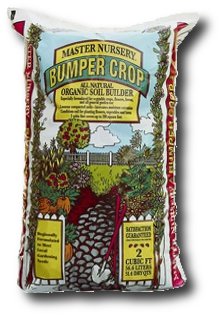
- 5-8 bags (2 cubic ft. size) Bumper Crop
- 5 lbs Iron Sulfate to acidify and add iron
- 10 lbs Master Vegetable Food
- 40 lbs Gypsum. (It loosens hard soils as it adds important elements: sulfur and calcium.)
Mix well with your soil to a depth of 8″ and water well.
Bumper Crop

![pixdguava[1]](https://www.aldenlane.com/m/wp-content/uploads/2015/09/pixdguava1.jpg)
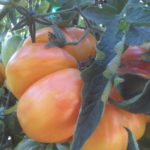 Even vegetables can liven a landscape with unexpected displays of unusual colors
Even vegetables can liven a landscape with unexpected displays of unusual colors
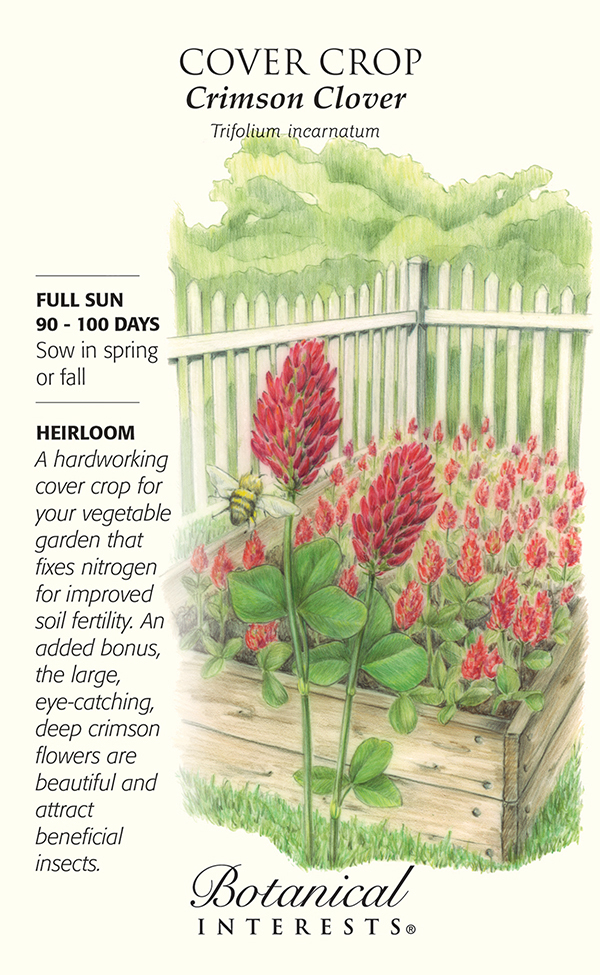
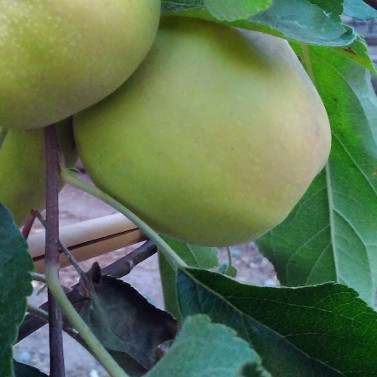 Have fun with fruit trees in your front or back yard. You don’t need acres of ground to experience the taste of freshly picked fruit. With today’s dwarf & semi-dwarf rootstocks, everyone can grow at least one fruit tree no matter how small your yard. Consider planting a fruit tree or two in your front yard.
Have fun with fruit trees in your front or back yard. You don’t need acres of ground to experience the taste of freshly picked fruit. With today’s dwarf & semi-dwarf rootstocks, everyone can grow at least one fruit tree no matter how small your yard. Consider planting a fruit tree or two in your front yard.
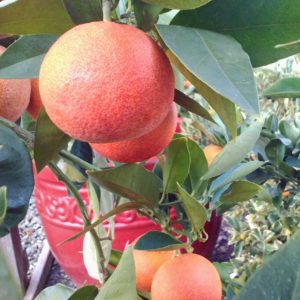 Citrus are among the most versatile of the trees and shrubs that grow in our Valley. They can be trained as a single specimen, in hedges, as a trellised espalier or in containers. Citrus plants offer beautiful evergreen foliage, fragrant flowers and delicious decorative fruit. Fall, with its milder temperatures, is a perfect time to plant citrus. Establishing a citrus plant before frost can help it weather the winter.
Citrus are among the most versatile of the trees and shrubs that grow in our Valley. They can be trained as a single specimen, in hedges, as a trellised espalier or in containers. Citrus plants offer beautiful evergreen foliage, fragrant flowers and delicious decorative fruit. Fall, with its milder temperatures, is a perfect time to plant citrus. Establishing a citrus plant before frost can help it weather the winter.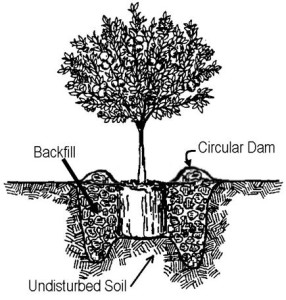 Water the plant thoroughly in the pot before planting and then again after you have finished planting it. Let the water soak in, and then water a third time. Citrus plants need less frequent watering than most garden plants once established. Give it a deep soak once or, at most twice week once established. Frequent watering is the most common cause of failure with citrus. Of course, if the weather is excessively hot, check daily and water as needed.
Water the plant thoroughly in the pot before planting and then again after you have finished planting it. Let the water soak in, and then water a third time. Citrus plants need less frequent watering than most garden plants once established. Give it a deep soak once or, at most twice week once established. Frequent watering is the most common cause of failure with citrus. Of course, if the weather is excessively hot, check daily and water as needed.![obj6014geo3317pg352p7[1]](https://www.aldenlane.com/m/wp-content/uploads/2015/07/obj6014geo3317pg352p71.jpg)
